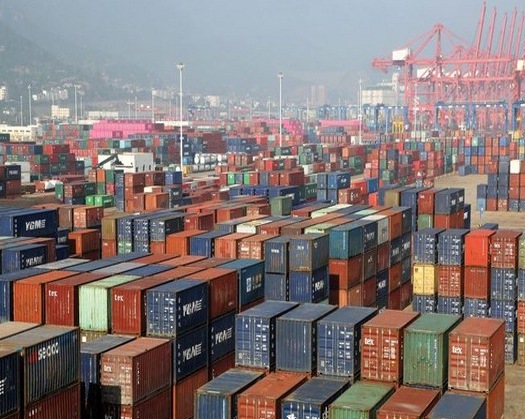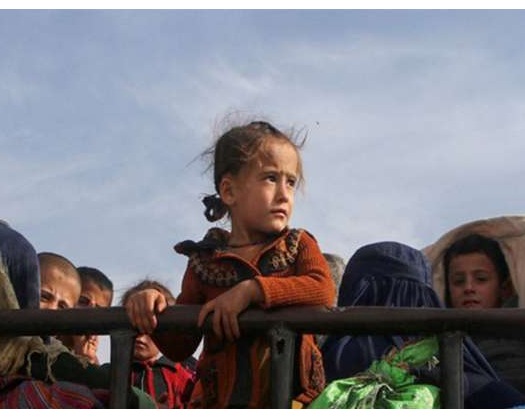Muscat: The banking sector within the Sultanate of Oman continues to exhibit robust earnings, robust capital positions, substantial liquidity, and adequate provisions for loan losses, as per a recent report.
"The rate of non-performing loans (NPLs) has remained low, and various stress tests have demonstrated the resilience of banks in the face of various potential shocks," stated the Central Bank of Oman in its most recent Financial Stability Report (FSR) for 2024. "The prudential liquidity indicators have consistently surpassed the Basel requirements, thereby positioning the banking system in Oman favorably to support businesses and households in the event of any unforeseen shocks," the report further elaborated.
Credit Conditions Survey
The FSR report also provided additional insights, noting that the 2023 Credit Conditions Survey revealed a notable increase in loan demand from households. This trend is projected to persist into 2024, fueled by economic growth, heightened consumer confidence, and competitive lending rates.
Credit Availability for Households
In terms of credit availability for households in 2023, it was found to be consistent with the previous three years, albeit with stricter mortgage lending terms.
Corporate Lending Demand
There was also a notable increase in demand for corporate lending in 2023, encompassing both working capital and capital expenditures, with further increases expected in 2024, as indicated by the survey respondents.
Nonetheless, the availability of credit for corporations experienced a slight tightening in 2023, with a projection of enduring stringent lending standards in 2024, specifically in areas such as collateral, service-ability requirements, loan covenants, and risk pricing.
The banking sector demonstrated commendable resilience.
Stress tests, utilizing data from December 2023, were conducted, and the results indicated that under the stipulated adverse macroeconomic scenarios, all banks were capable of withstanding these shocks without falling below the Federal Reserve Bank of St. Louis's (FRB St. Louis) computed Capital to Risk-Weighted Assets Ratio (CRAR) threshold of 13.5 percent.
The Federal Financial Institutions Examination Council's (FFIEC) Stress Test Report noted, "Despite encountering a notable escalation in credit provisioning costs attributable to an increase in Non-Performing Loans (NPLs) ratio under adverse scenarios, banks demonstrated the capability to mitigate these losses and sustain profitability throughout the duration of the stress test."
Moreover, the Forward Stress Test revealed the banking sector's capacity to accommodate a substantial rise in Non-Performing Loans (NPLs) without undermining their financial stability.
The Liquidity Stress Tests, conducted as of December 2023, have indicated that all banks are capable of maintaining a 100 percent Liquidity Coverage Ratio (LCR) under stress testing conditions.
Moreover, a comprehensive analysis of the system-wide liquidity revealed that the banking system possesses sufficient counterbalancing capacity to withstand persistently simulated cash outflows over a six-month reference period.
The year 2023 has been characterized by significant challenges, including geopolitical tensions, disruptions in global trade, and residual impacts of the COVID-19 pandemic, as reported by the Financial Stability Report.
"Geopolitical risks have intensified following recent developments in the Middle East, in addition to the ongoing Russia-Ukraine conflict, heightening uncertainty regarding the economic outlook, particularly concerning commodity prices, energy markets, and global value chains," the report further elaborated.
These factors have put the resilience of the financial sector to the test, with any escalation of geopolitical uncertainty potentially leading to adverse effects such as dampened economic activity, increased inflation, lower asset prices, and heightened volatility in financial markets.
Since March 2022, interest rates in the United States and other advanced economies have gradually become less accommodative. Given the fixed exchange rate of the Omani Rial against the US Dollar, the policy stance of the US is fully reflected in Oman's policy rates. This tightening of financial conditions has implications for the stability of the financial system, manifesting as pressures on various financial and real assets, an increased likelihood of credit risk, and challenges regarding the affordability of debt for businesses and households.
Currently, financial markets anticipate no further increase in policy rates. However, it is expected that interest rates will likely remain elevated to ensure the sustained decline of inflation. Should interest rates remain high for an extended period beyond current market expectations, it could exacerbate existing strains in the debt-servicing capacities of households and businesses, and weaken the economic outlook. The perception or realization of potential losses by banks could further tighten financing conditions, potentially exerting additional pressure on economic activity.
The Economy of Oman Remains Resilient
In the face of significant challenges, including deteriorating geopolitical conditions, rising interest rates, and persistent global inflation, the economy of Oman has been fortified by higher oil prices and fiscal discipline, acting as a fiscal buffer against these adversities.
The continuation of fiscal consolidation and structural reforms is anticipated to enhance the sustainability of public expenditure, thereby bolstering financial stability. Initiatives aimed at improving the business environment, such as the streamlining of regulations and the promotion of private sector development, are expected to attract Foreign Direct Investment (FDI) and stimulate economic activity. Furthermore, Oman's non-hydrocarbon sectors are poised for expansion, contributing to the efforts of economic diversification and reducing dependence on oil revenues. The government's plan to introduce Personal Income Tax further underscores its commitment to fiscal reforms and economic diversification.
The banking sector continues to exhibit resilience, as demonstrated by recent stress tests that attest to the financial system's ability to navigate potential risks. These tests indicate that banks are well-positioned to withstand adverse shocks.
Despite the occurrence of bank failures in the United States and Europe at the beginning of 2023, the banking sector in Oman has remained stable. This stability is attributed to Omani banks' adherence to stringent prudential limits on maturity mismatches between assets and liabilities, thereby mitigating their exposure to fluctuations in interest rates.
Moreover, Oman has not witnessed the correction in real estate prices observed in several advanced economies.
The Financial Stability Report (FSR) highlighted that participants in the latest Systemic Risk Survey expressed high confidence in the Omani macro-financial system. Overall, the risks to the outlook for financial stability in Oman are low in the near term, although it remains sensitive to global developments. Consequently, the future monetary policy stance of the United States Federal Reserve, geopolitical developments in Europe and the Middle East, and the trajectory of the Opec+ agreement will continue to play a crucial role in determining the macroeconomic and financial stability outcomes in Oman. However, the Omani banking system is well-equipped to support businesses and households in the event of any unforeseen shocks.









